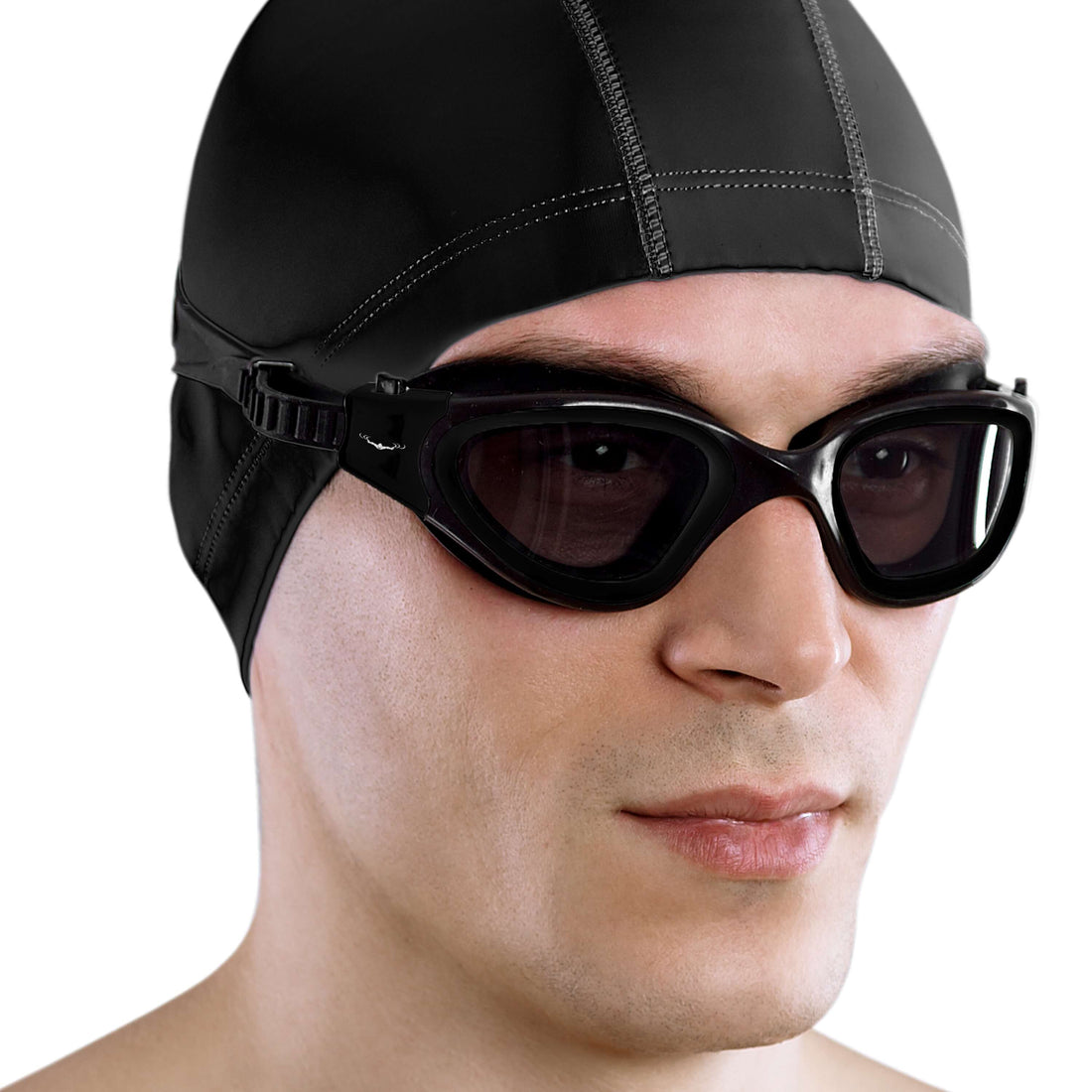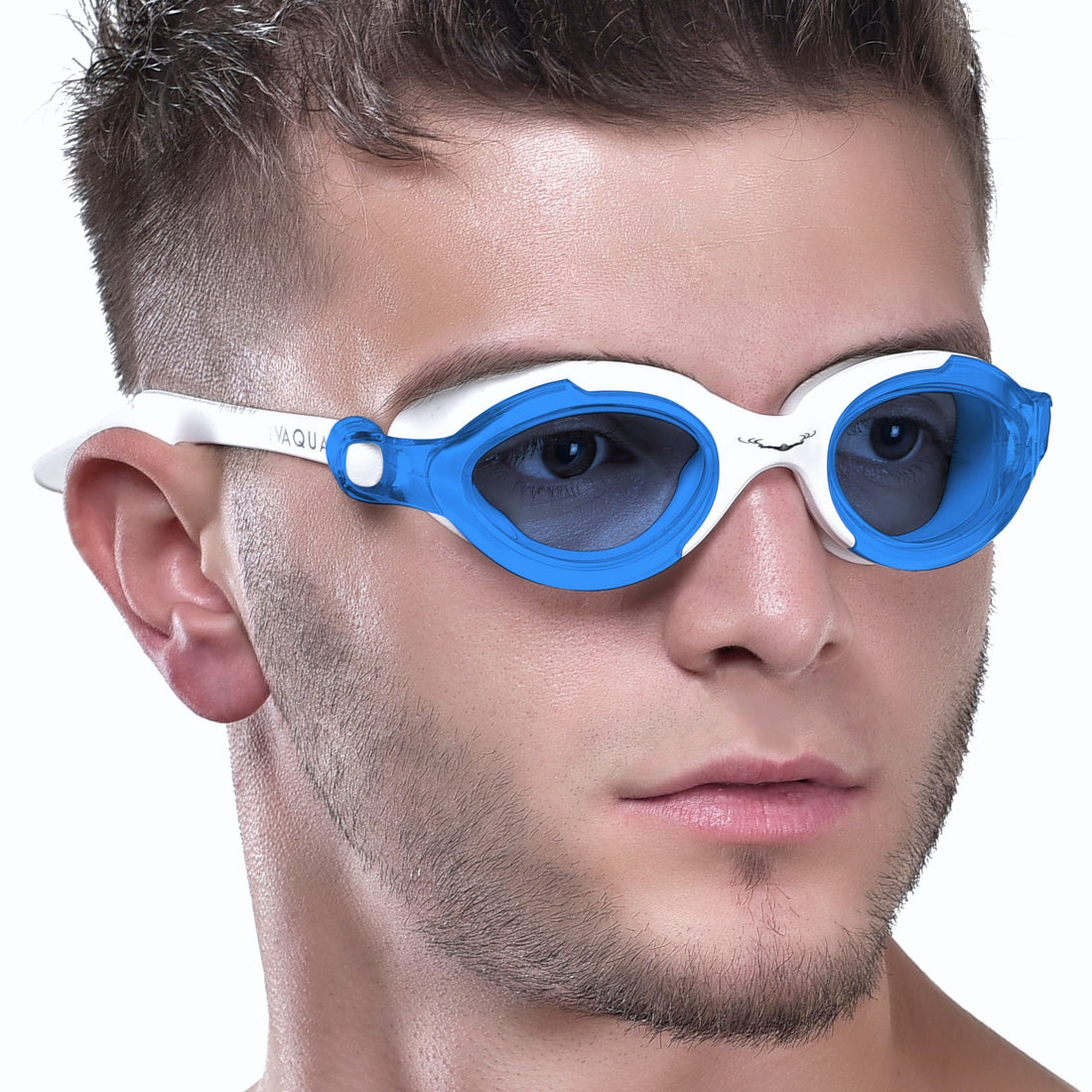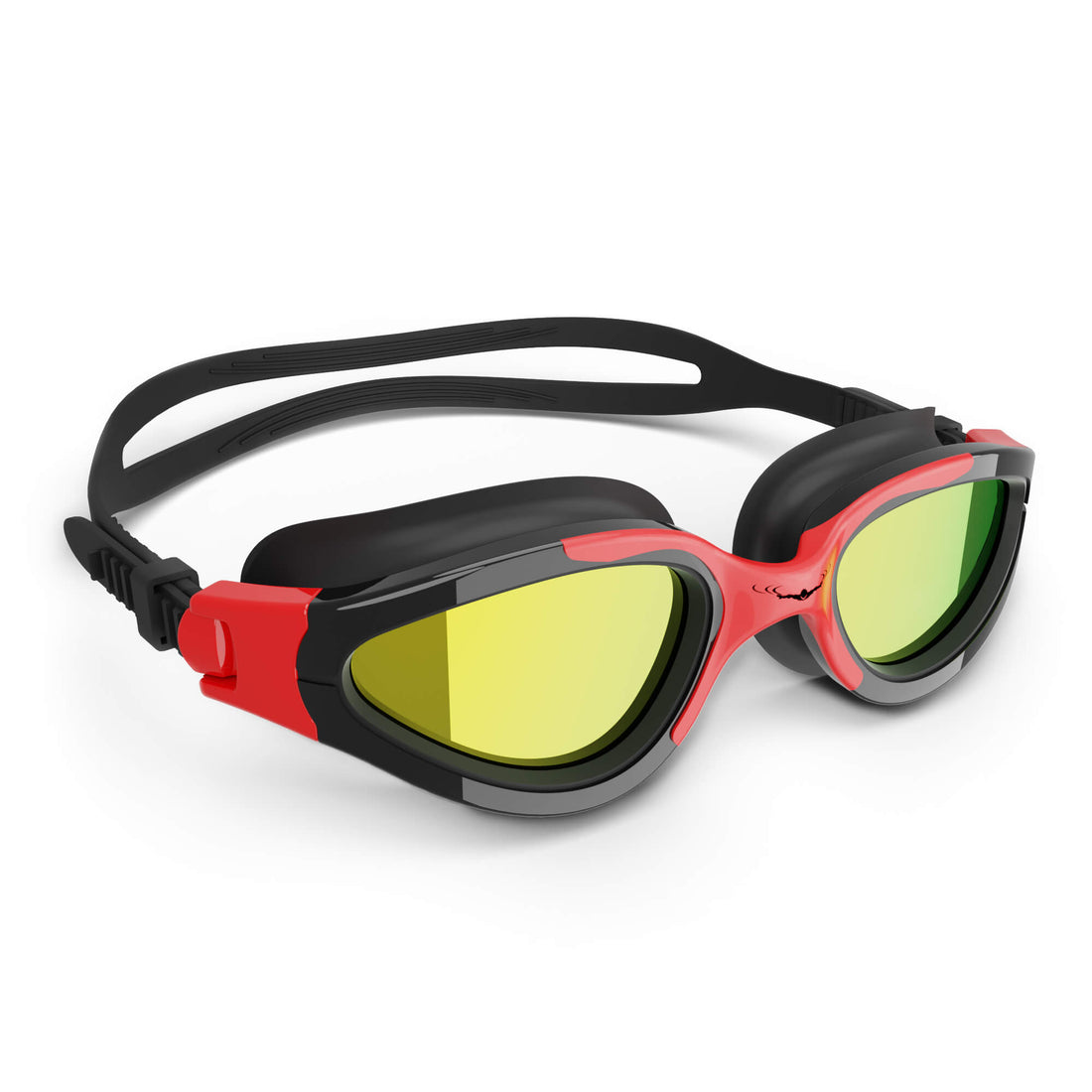When summer rolls around, nothing beats the joy of a refreshing dip in your local pool. However, maintaining that pristine oasis requires a bit of work and dedication. With the right knowledge and tools, you can keep your pool in top shape all season long. In this comprehensive guide, we’ll explore everything from water chemistry to equipment maintenance, with some fun tips along the way!
Understanding the Basics
Before we dive into specifics, it’s crucial to understand the fundamentals of pool maintenance. Regardless of whether your pool is above ground or in-ground, a few basic principles apply:
- Regular Cleaning: Dirt and debris can quickly accumulate, leading to an unsightly pool.
- Water Balance: Proper chemical levels ensure safe swimming conditions.
- Equipment Care: Keeping your equipment functioning can save you time and money.
Water Chemistry 101
The first step in maintaining your pool is monitoring the water chemistry. Generally, you want to keep an eye on the following key parameters:
pH Levels
Your pool’s pH level should ideally be between 7.4 and 7.6. If it’s lower, the water can become acidic, leading to skin irritation and damaging your pool surfaces. Conversely, if the pH is too high, it can lead to cloudy water and scale formation. Test your water regularly and use pH increasers or decreasers as necessary.
Chlorine Levels
Chlorine is essential for disinfecting your pool water. The ideal level of free chlorine in a swimming pool is between 1-3 ppm (parts per million). Make sure you shock your pool occasionally to eliminate any contaminants, especially after heavy use or rainfall.
Alkalinity
Total alkalinity helps maintain stable pH levels. You should aim for a level between 80 and 120 ppm. Adjusting the alkalinity can help keep your pH levels balanced and reduce the frequency of adjustments.
Filtration Systems: The Heart of Your Pool
A well-maintained filtration system is crucial to keeping your pool clear and inviting. Here are some tips on how to care for your filtration system:
Regular Cleaning
It’s important to clean or replace filter cartridges every few weeks. Debris can cause your system to work harder, leading to increased energy costs and wear on your equipment.
Check the Pump
Ensure your pump is running properly and free from obstructions. A clogged pump can affect water circulation and lead to green algae growth.
Skimming and Brushing
Regular brushing keeps your pool's surfaces free of dirt while skimming removes floating debris. Consider investing in a soft stretchable swim cap for all those spontaneous swims. Wearing swimming caps not only helps keep hair out of the pool but also prevents debris from clogging up the filters.
Managing Algae Growth
Algae can be a persistent problem if not properly managed. Here are some preventive measures:
Maintain Chlorine Levels
As previously mentioned, keeping chlorine levels stable is essential for preventing algae blooms. Regularly monitoring your pool can help catch issues before they escalate.
Brush and Vacuum Regularly
Brushing your pool helps disrupt algae growth at the surface, while vacuuming removes any residual algae that manage to cling on. Both tasks are vital in maintaining a clean and inviting pool.
Addressing Seasonal Changes
As the seasons change, so too will your pool maintenance needs. Here's how to prepare:
Preparing for Winter
In colder climates, winterization is key. Ensure your pool is drained to an appropriate level, secure all covers, and insulate any exposed pipes to prevent freezing damage. Consider using a winterizing kit to maintain your water balance during the off-season.
Spring Maintenance
When the warmer weather approaches again, it’s time to re-open the pool. Conduct a thorough inspection of your pool, check the equipment, and bring your water to balance before inviting friends and family to dive in.
The Importance of Regular Pool Inspections
Just like your home, a local pool needs regular inspections to ensure it’s safe and functioning correctly. Look out for:
- Visible cracks or damage in the pool surface.
- Wear and tear on ladders and railings.
- Proper function of pool heaters and lights.
Special Considerations for Safety
Safety should always be your top priority. Educate everyone who uses the pool about water safety rules and consider installing barriers or alarms if children are around. Having proper safety equipment, including lifebuoys and first-aid kits, can provide peace of mind.
Creating a Swimming Routine
Having a swimming routine promotes regular use of the pool and encourages community engagement. Organizing lap swimming sessions or even casual pool parties can enhance your local pool's value. Don’t forget to wear a swimming cap, particularly a soft stretchable swim cap, for those active sessions!
Stay Informed and Engaged
Consider joining local pool user groups or online forums for knowledge sharing. Getting tips from others who also maintain pools can expose you to new techniques and technologies, or help you troubleshoot issues faster.
Make It a Family Affair
Involve your family in pool maintenance duties. It can be a fun and collaborative way to teach responsibility and the importance of teamwork. Not to mention, kids can learn to swim more often while you clean the pool!
Technology to the Rescue
When it comes to pool maintenance, technology can be your best friend. Explore various smart pool maintenance systems and automated cleaners to make the job easier. These tools can save you time and ensure that your pool stays clean with minimal effort.
Ready, Set, Dive In!
By following these essential maintenance tips, you'll ensure that your local pool remains a breathtaking retreat for everyone to enjoy. From balancing water chemistry to engaging the community, each step you take contributes to a safe and inviting swimming environment. So grab that soft stretchable swim cap, gather your family and friends, and make a splash this summer!










